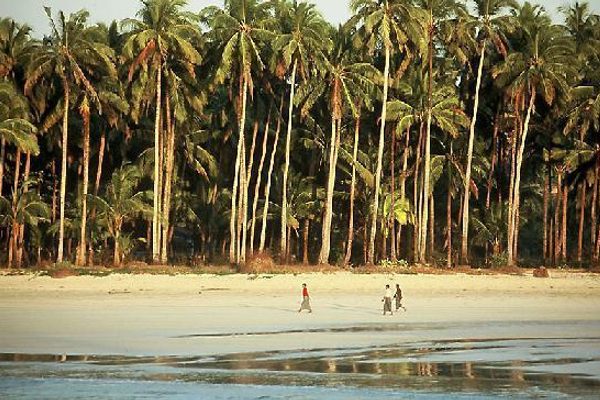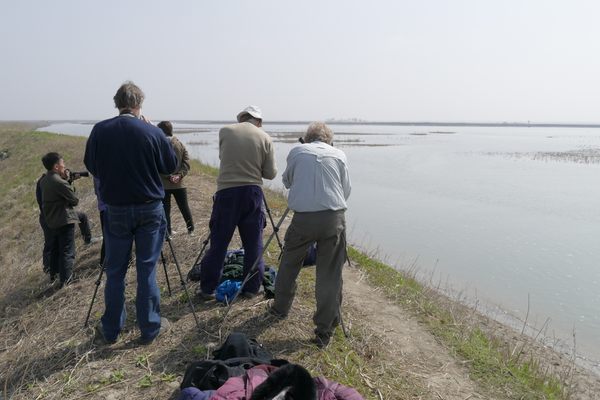When Crocodiles Attack: The Ramree Island Massacre
A saltwater crocodile (photograph by Heather Paul)
During World War II, Ramree Island off the coast of Burma was the site of a number of military battles, but the truly terrifying action only began after the military maneuvers ended.
On January 26, 1945, British troops made their way to Ramree Island so that they could establish a new airbase. However, first they had to drive off the Japanese invasion force which had already claimed the island. After a bloody but successful campaign against the Japanese, the British soldiers managed to drive nearly 1,000 enemy combatants into the dense mangrove swamp that covered some ten miles of Ramree. While this may have seemed a fine opportunity to slip into the wilderness and regroup, most of the Japanese soldiers would never be heard from again.
British soldiers landing on Ramree (via Wikimedia)
Unfortunately for the fleeing men, the mangrove jungle on Ramree Island is home to an unknown number of the largest reptilian predator in the world — the saltwater crocodile. These prehistoric holdovers can grow to over 20 feet in length and over 2,000 pounds in some cases, and although examples that size are rare, even a mid-sized crocodile of the species could easily kill a full grown adult human.
In addition, saltwater crocodiles are far from a misunderstood monster. The crocodiles have a long history of attacking humans who wander into their habitats, seeing them as little more than taller, more awkward prey. So when nearly 1,000 panicked soldiers came dripping blood and sweat into the cramped confines of the Ramree mangrove swamp, the giant lizards likely had the feast of their lives.
A saltwater crocodile (via Wikimedia)
Around 500 Japanese soldiers are thought to have escaped those mangrove swamps, and 20 of them were eventually recaptured by the British forces who had set up a perimeter around the thick wilderness. However there were around 500 more of the escaping men who never left the swamp. The survivors are reported to have told horrific tales of dozens of crocodiles attacking the soldiers en masse, and appearing out of seemingly nowhere to drag off some poor soul. The nights were said to have been filled with dire screams, gunfire, and the sounds of animal attacks.
A massive saltwater crocodile (via Wikimedia)
The story of the Ramree massacre was reported in a number of papers, but the tale is still largely apocryphal. However this has not stopped the Guinness Book of World Records to name the incident the “Most Number of Fatalities in a Crocodile Attack.” A dubious distinction for a horrible event, no matter the real numbers.
RAMREE ISLAND, Myanmar
Animal Week is November 18 - 22, 2013 on Atlas Obscura.
Join us on Facebook, Twitter (#AnimalWeek), and Tumblr for even more animal action and to share your own tales of fascinating fauna.


















Follow us on Twitter to get the latest on the world's hidden wonders.
Like us on Facebook to get the latest on the world's hidden wonders.
Follow us on Twitter Like us on Facebook